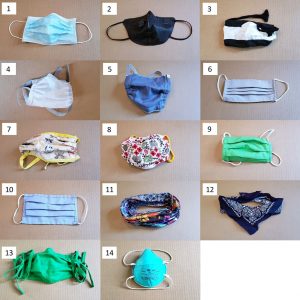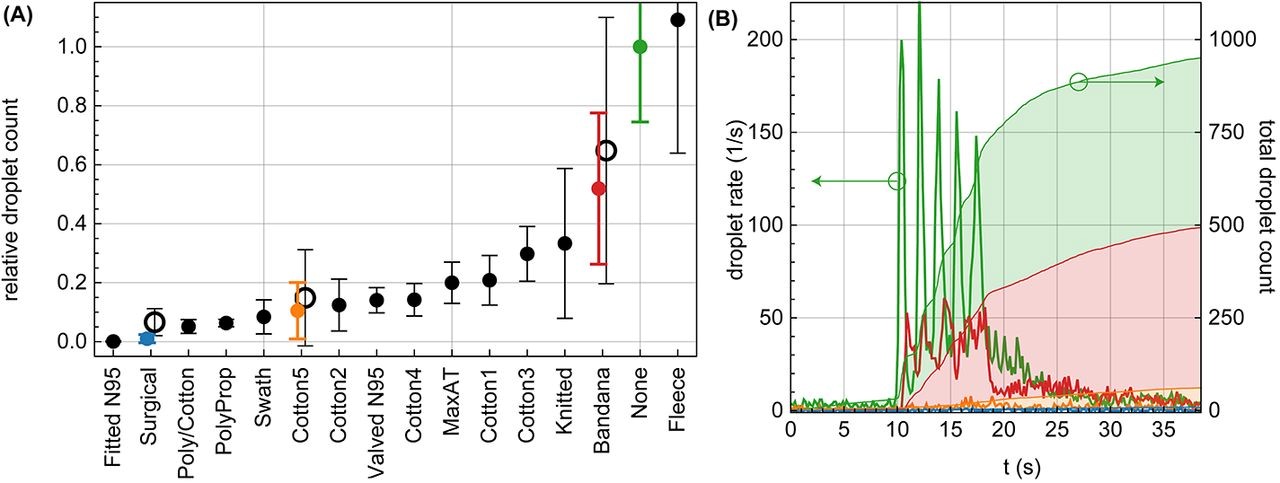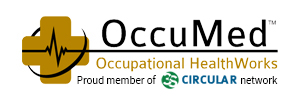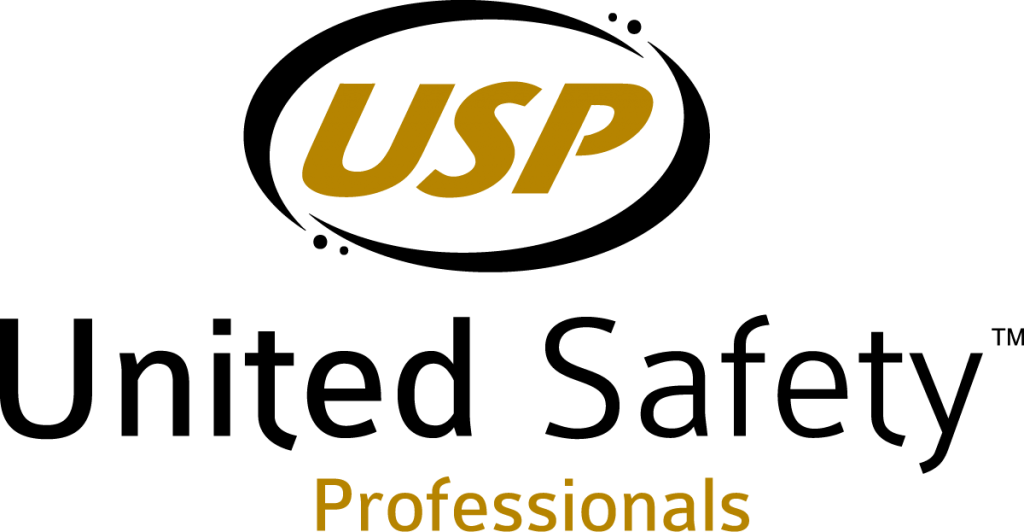Face coverings are now the new norm in every work environment. In most states, it’s mandated that people wear some form of face covering while inside confined areas, such as grocery stores, retail stores, professional offices, and when social distancing is not an option. Even those who work outside, and where social distancing is difficult, are required to wear some form of face covering.
The type of face covering worn varies greatly. Many choose to wear disposable surgical masks, bandannas, handkerchiefs, fleece balaclavas (cold-weather gear that covers the entire face except for the eyes) and neck gaiters (tubes of performance fabric typically used for running outdoors).
But which face covering provides the best protection?
The type of face covering – there is a difference
A recent study out of Duke University suggests that certain face coverings provide better protection than others. The study tested 14 commonly used face coverings and recorded droplets emitted while speaking.

Photo Credit: Emma Fischer, Duke University.
To test each mask, the wearer repeated the sentence “Stay healthy, people” five times (speech), after which the camera kept recording for an additional 20 s (observation). For each mask and for the control trial, this protocol was repeated 10 times. The results suggest some interesting findings.

The best protection was provided by use of the filtered N95 mask, followed by the surgical mask and a homemade cotton mask with multiple layers. However, the least amount of protection was provided by bandannas, handkerchiefs, fleece balaclavas and neck gaiters. The fitted nature of the best performing masks block more droplets.
Tips on the proper use of masks and face coverings
MA.gov provides information on this topic. Regardless of whether a person shows symptoms or not, it is a widely held belief that wearing a face covering may help prevent the spreading of COVID-19. The website offers the following recommendations – it is important that you wear these face coverings or masks in situations where it is difficult to maintain a social distance of six feet from others.
When you wear a cloth mask, it should:
- Cover your nose and mouth,
- Fit snugly but comfortably against the side of the face,
- Be secured with ties or ear loops,
- Include multiple layers of fabric,
- Allow for breathing without restriction, and
- Be able to be laundered and machine dried without damage or change to shape.
When putting on and taking off a mask, do not touch the front of it, you should only handle the ties or ear straps, and make sure you wash the cloth mask regularly. Wash your hands or use hand sanitizer after touching the mask.
Cloth masks should not be placed on young children under age 2, anyone who has trouble breathing, or is unconscious, incapacitated, or otherwise unable to remove the mask without assistance.
We’re here to help
In these challenging times, the risk of exposure on your school or business campus is more prevalent than ever. We offer the below Safety Service Options:
COVID-19 CONSULTING BUNDLE – Written directive/policy on requirements which can be either a corporate policy or a site-specific policy.
COVID-19 TRAINING (INFECTION CONTROL WEBINAR) – We offer Open Enrollment Classes and Private Company Sponsored Classes made available at your convenience.
COVID-19 TESTING – We now offer COVID-19 Testing Services For Colleges, Universities, Private Companies, And Public Agencies.
If you have concerns about your workforce and coronavirus, please contact us today to learn about steps you can take to protect yourself, your family, and your employees.


